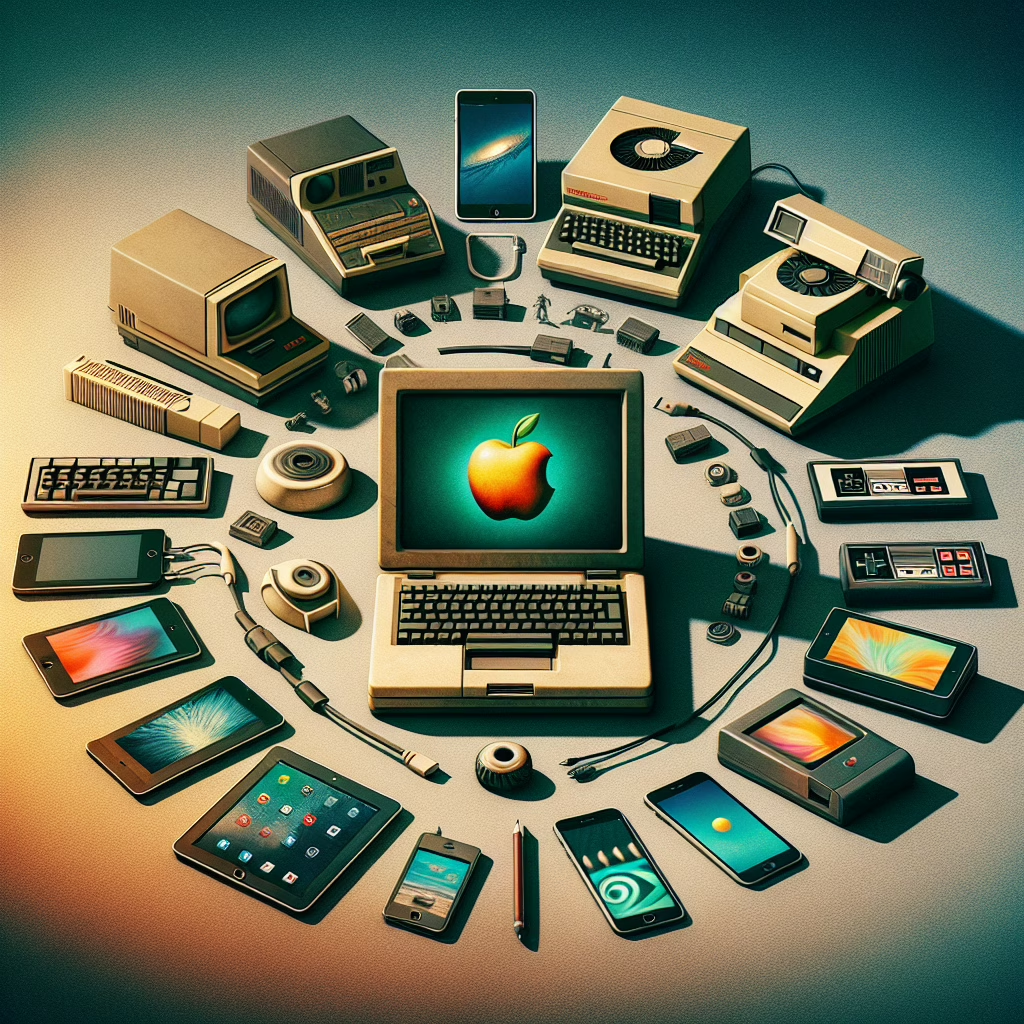In a world where technology moves faster than a caffeinated squirrel, MacOS Tahoe has arrived to bid a fond farewell to our beloved Intel Macs. Yes, folks, it’s true! The latest update is like that final song at a wedding—sweet, nostalgic, and just a tad bittersweet. But fear not! This isn’t just a sad goodbye; it’s also an exhilarating leap into the future.
The Transition to Apple Silicon: What Does It Mean?
Now, you might be wondering what this all means for your trusty Intel Mac. Let’s break it down! With MacOS Tahoe, Apple officially rolls out the red carpet for its Apple Silicon chips. This transition has been about as smooth as a fresh jar of Skippy peanut butter—sticky in some places but ultimately satisfying!
The last update for Intel Macs is like getting a parting gift from your favorite TV show before it gets canceled. Sure, it’s not exactly what we wanted, but at least we have something to remember it by! As Apple moves away from Intel processors, users can expect improvements in speed and efficiency with the new architecture.
What’s New in MacOS Tahoe?
Every new operating system brings a slew of features that promise to make our lives easier (or at least more entertaining). For instance, MacOS Tahoe introduces enhancements that focus on performance optimization and security features designed to keep your data safe from prying eyes—because who doesn’t want their secrets protected like a safe at Fort Knox?
This update also streamlines compatibility with apps designed specifically for Apple Silicon. So while you may not see new updates for those classic Intel apps, the shiny new software crafted for Apple’s latest hardware will run faster than a cheetah on roller skates!
The Silver Lining of Leaving Intel Behind
Let’s face it: change can be tough. But embracing the transition to Apple Silicon means saying hello to better battery life and performance that makes your old Intel chip feel like it’s running on three cups of decaf coffee. Developers are excited too! They’re already diving headfirst into creating apps optimized for this new architecture.
Imagine playing your favorite games or editing videos without the lag that made you feel like you were living in slow motion! With MacOS Tahoe, this dream can become reality as long as you’re ready to leave the Intel family behind.
What Should You Do If You Have an Intel Mac?
If you’re still rocking an Intel Mac and feeling left out in the cold, don’t panic! The last update offers stability and functionality that keeps your device running smoothly until you’re ready to make the leap to an Apple Silicon model. Think of it as being on a life raft while others are sailing away on luxury yachts—it’s not glamorous, but you’re still afloat!
While you might miss out on some cutting-edge features designed exclusively for Apple Silicon, the MacOS Tahoe update ensures that your trusty machine won’t suddenly turn into a pumpkin at midnight. You’ll still be able to enjoy most of your favorite applications (with perhaps a few quirks) while keeping up with basic security updates.
The Final Word: Embrace Change!
As we wave goodbye to the era of Intel Macs, let’s embrace this change with open arms—and maybe a few happy tears. Transitioning to Apple Silicon may feel daunting now, but remember: every end brings a new beginning. So dust off that piggy bank and start planning your upgrade; soon enough, you’ll be zipping around with speeds that make flash look slow!
In conclusion, MacOS Tahoe isn’t just another update; it’s a sign of progress and innovation. As we step into this brave new world together, let us celebrate all things tech and anticipate what lies ahead—because there’s nothing better than being part of the future!
We’d love to hear your thoughts about this transition! What are your feelings towards leaving Intel behind? Share your comments below!
For more on the latest updates and trends, check out our posts on The iPad Is a Full-On Computer Now, or dive into 15 things we learned at the Apple WWDC 2025 keynote for cutting-edge insights!
External Sources: To learn more about Apple Silicon and its implications, check the details from reputable sources like Apple.

